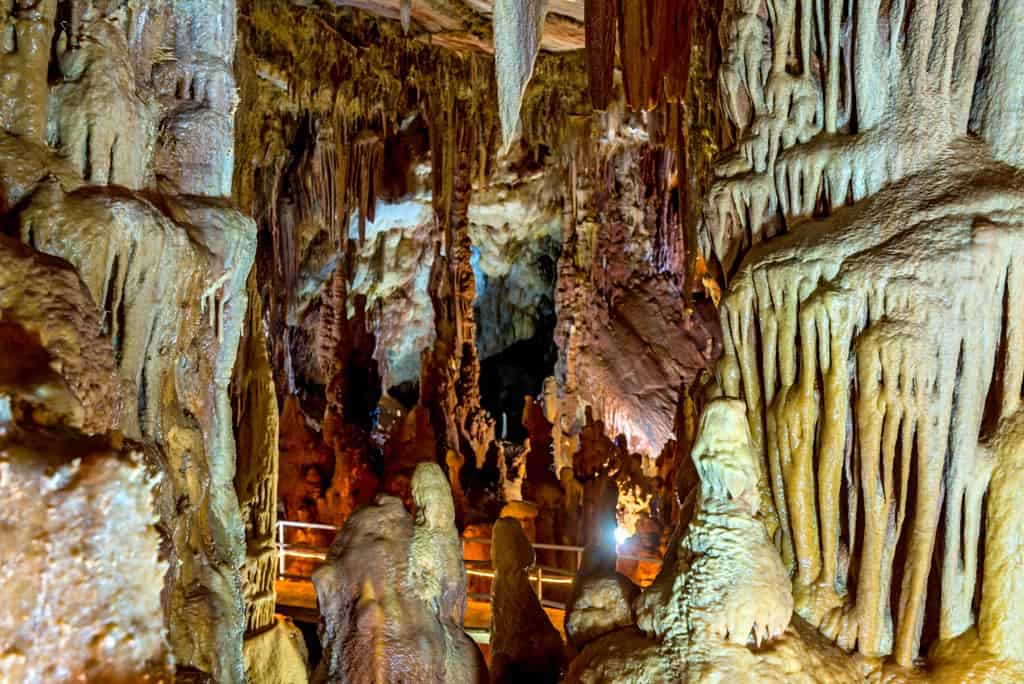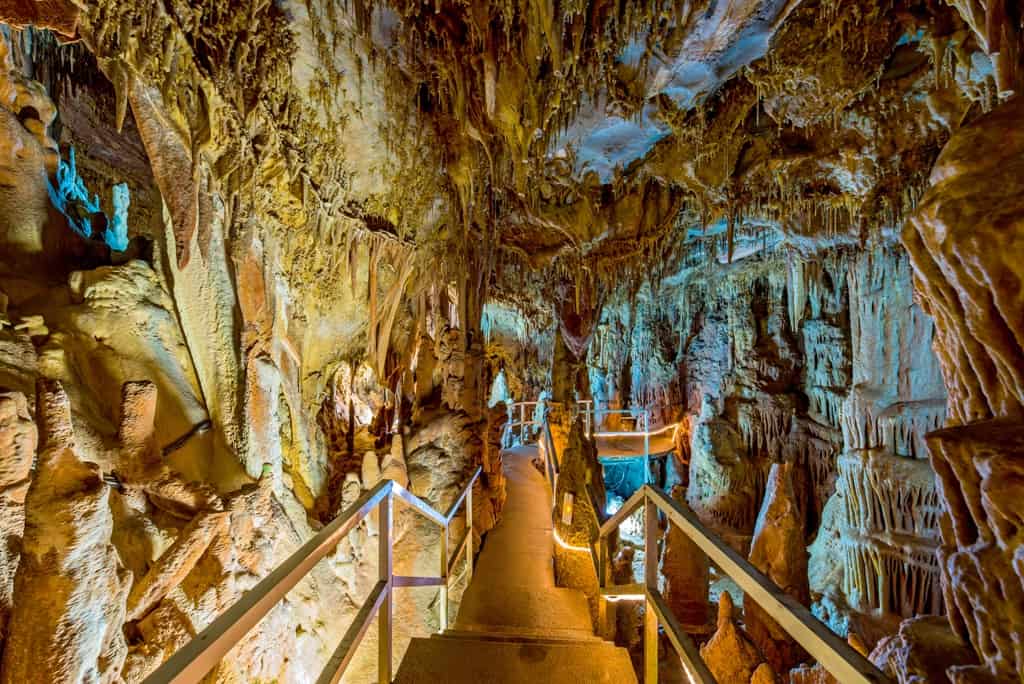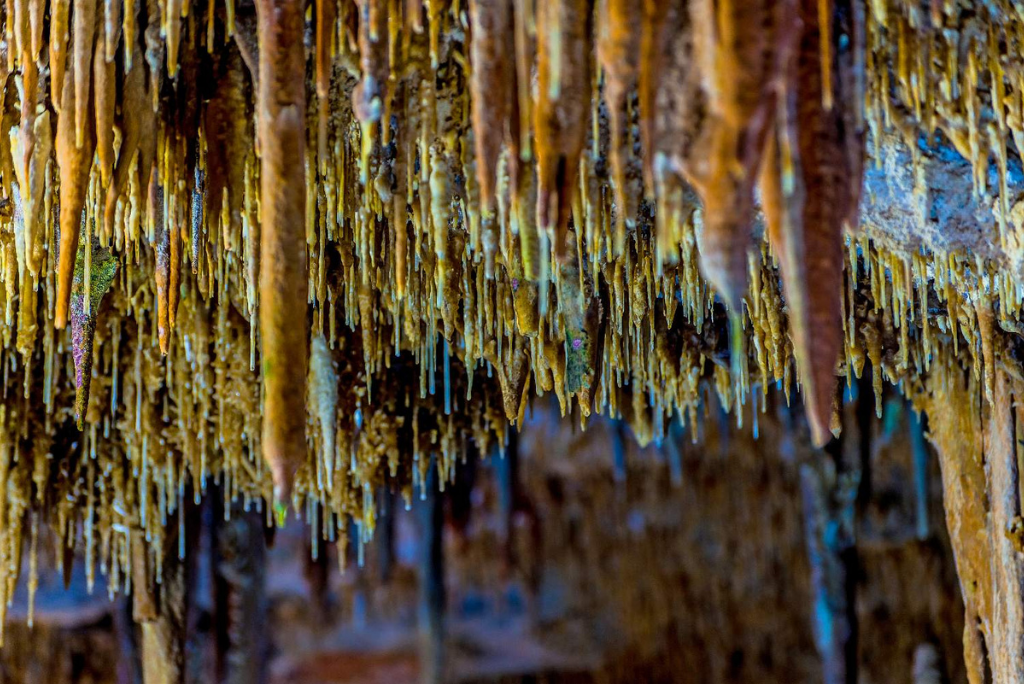Petralona Cave is one of Europe’s most impressive and important caves thanks to its wealth of fossils (one of the richest collections in Europe) and to the discovery of a human scull that dates back approximately 700.000 years and it is located near the village of Petralona, on Katsika Hill.
Nature has always been an unpredictable designer. This is more than obvious entering Petralona Cave, formed around a million years ago. The locals call it "the red-rock cave" due to the colour that the bauxite deposits give to the stone. The natural hollow stretches over a zone of 10,400m² and comprises of a progression of stoas, chambers, high roofs and pools, loaded with stalactites, stalagmites, draperies and shields, segments and different arrangements.
Its disclosure in 1959 opened a window into prehistoric times.




![Petralona Cave | Geological shapes [Reopened]](https://www.visit-halkidiki.gr/wp-content/uploads/2016/09/Petralona-cave-halkidiki-2-700x460.jpg)










